Norma Cases 30.06 QTY 100
Sorry, this product is not available to purchase in your country.
R 2,690.00 Incl. VAT
Norma Cases 30.06 QTY 100

30-06 Spring.
In 1903 the United States introduced the most powerful military cartridge in the world for use in the Springfield model 1903 rifle. Three years later some minor adjustments were made including the introduction of a lighter and more streamlined bullet and the new standard military cartridge was accordingly baptized .30-06 Springfield.
This is easily the most widespread hunting cartridge in the world although it has been pressed hard by the .308 in later years. Its case has a near optimum capacity for many bullet diameters and a large number of wildcats have been made using the .30-06 as a starting point.
With the wide range of bullets available – from 110 to 250 grains – it is an extremely flexible cartridge which has been used successfully for hunting almost every species of game in the world.
Most hunters prefer the 180 grain bullets for all-round hunting of larger game. In mountains and other places where long range shots are to be expected, however, the 150 or 165 grain bullets might be a better option. The only drawback of the .30-06 is that its recoil with the heavier loads is on the limit of what most inexperienced shooters can handle, but with handloads and lighter bullets this problem can be eliminated.
Norma Brass
Norma Brass is the gold-standard of cartridge cases.
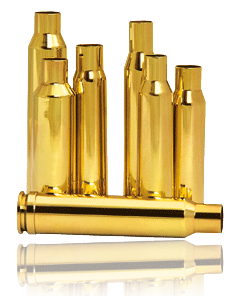
Norma products are known worldwide for high quality. Cartridge cases are an important factor in this reputation. Superior quality ensures a long life and many reloads. Norma cases are made of the best possible raw materials with the narrowest tolerances, and they deliver accuracy round after round.
The case neck is annealed to become softer. This prevents gas leaks and enables the case to hold the bullet firmly for at least 10 years without cracking as a result of aging material.
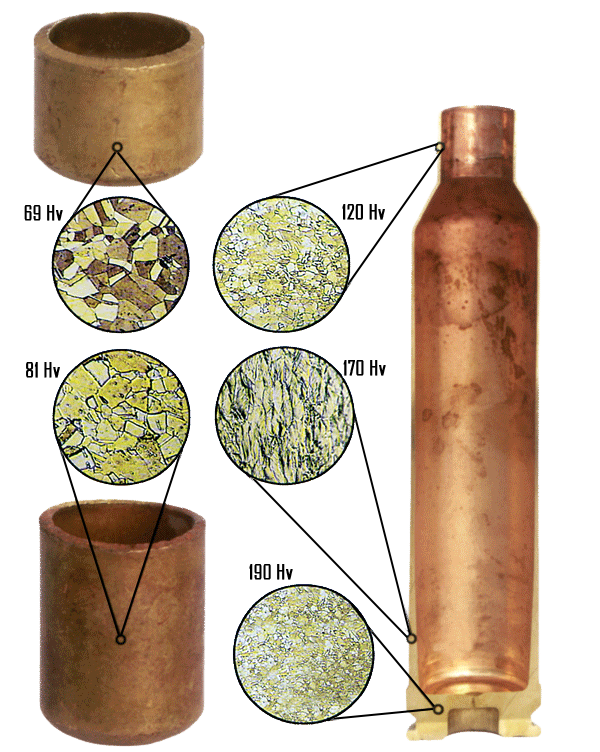
Further down on the case body, the hardness increases to avoid unnecessary stretching. If it is too hard, it would bring the risk of cracks.
Furthest down, around the primer pocket, the brass should be firm. Here, the hardness is nearly twice that of around the neck.
The structure of the material reveals the hardness. During processing the large, soft grains are broken down into smaller ones, which makes for a harder material. At the annealing, small grains become bigger and the hardness decreases.
| Weight | 1.5 kg |
|---|---|
| Dimensions | 25 × 15 × 15 cm |
Be the first to review “Norma Cases 30.06 QTY 100” Cancel reply
You must be logged in to post a review.

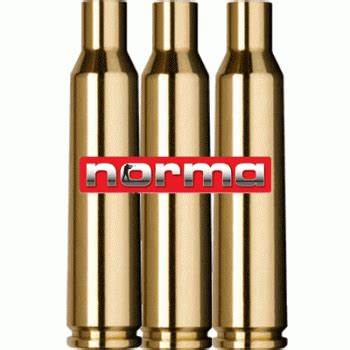
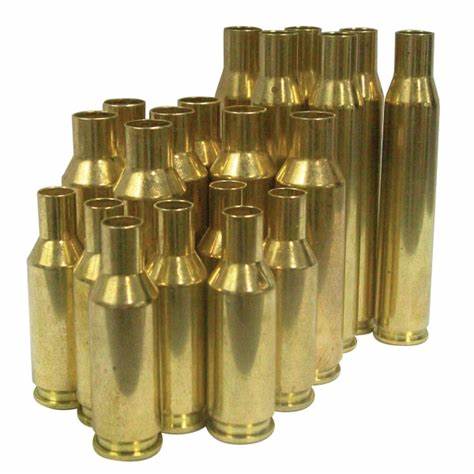

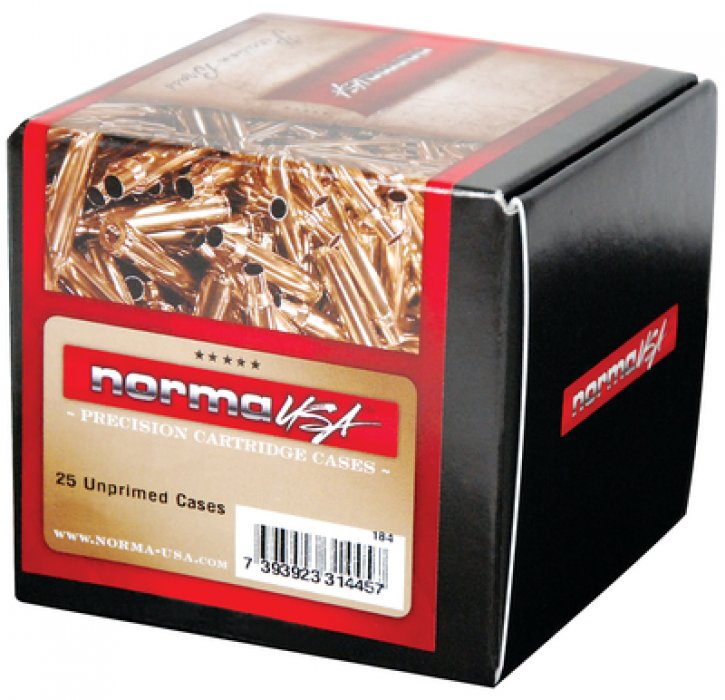
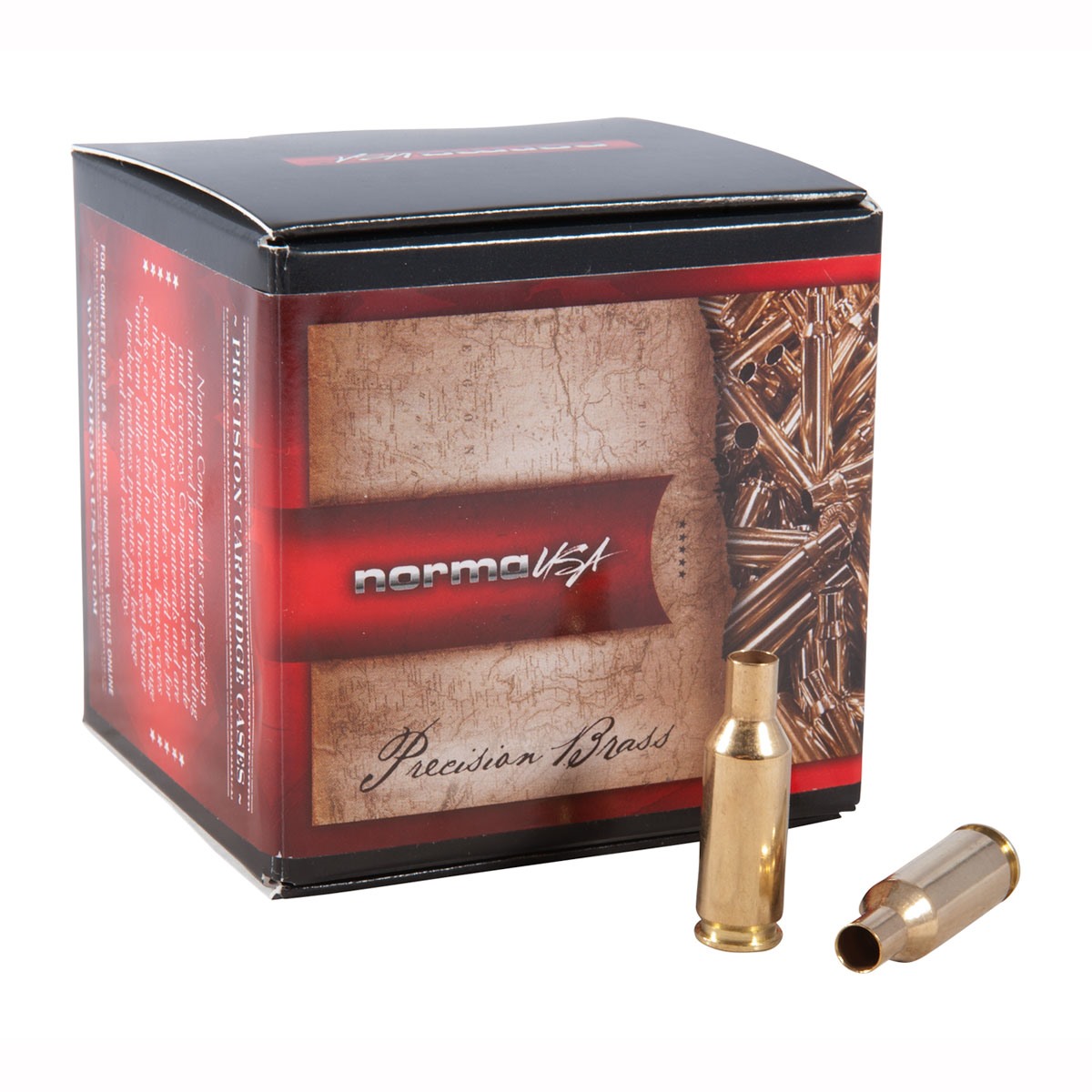
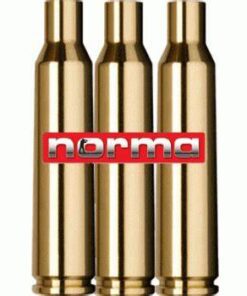
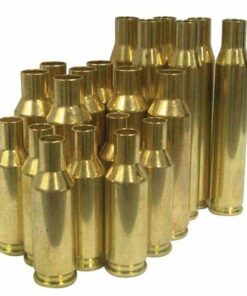
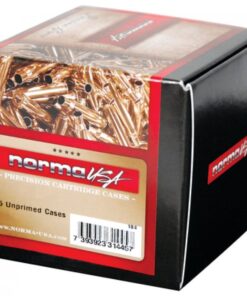
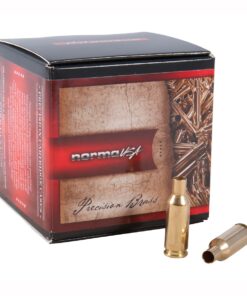


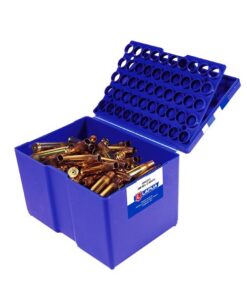
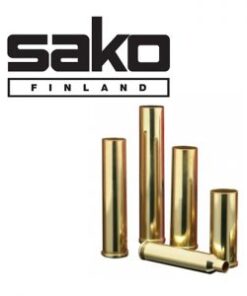

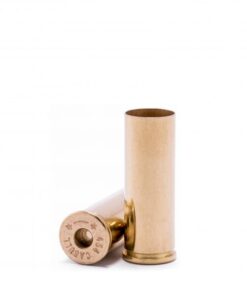
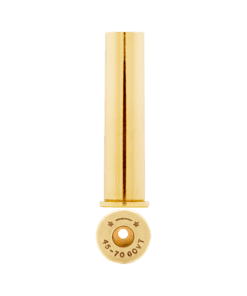


Reviews
There are no reviews yet.